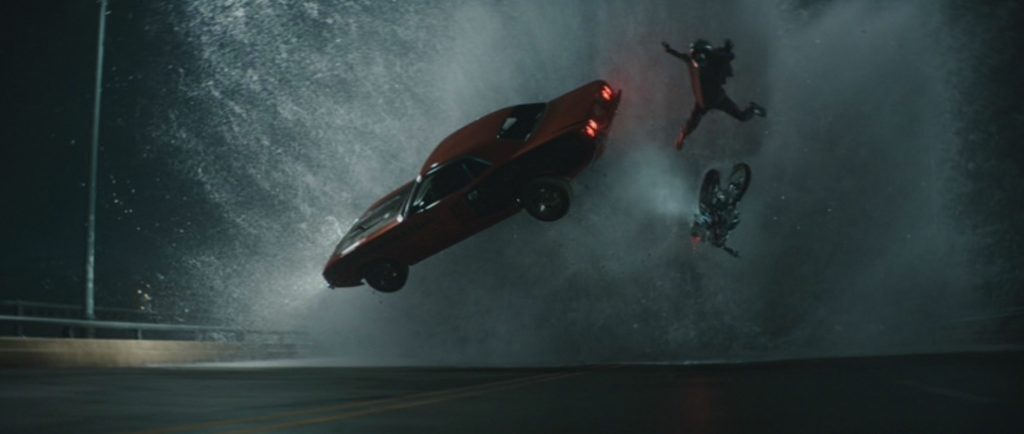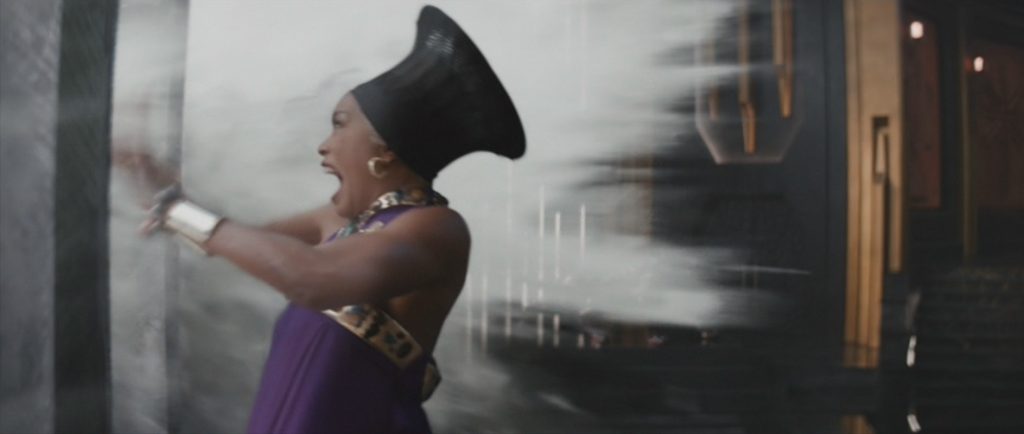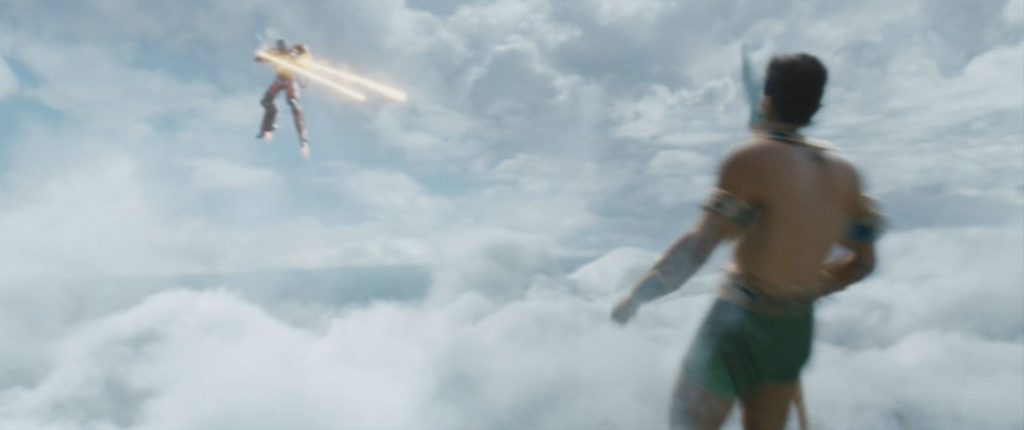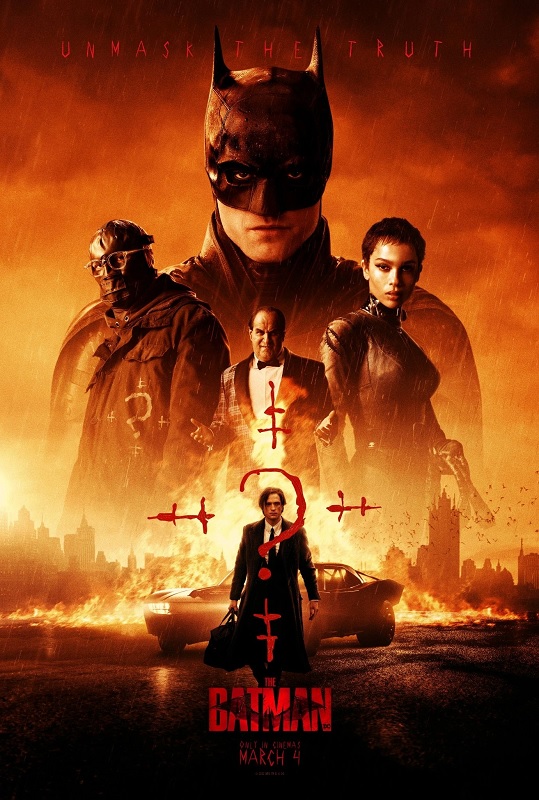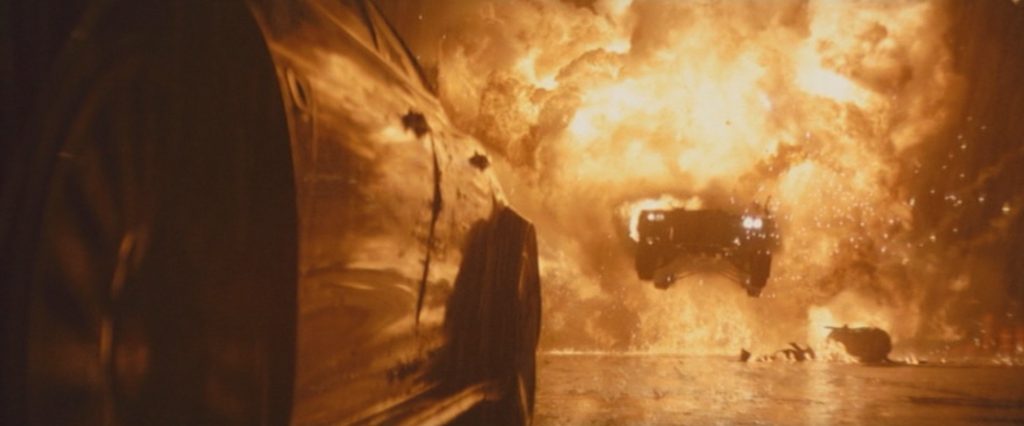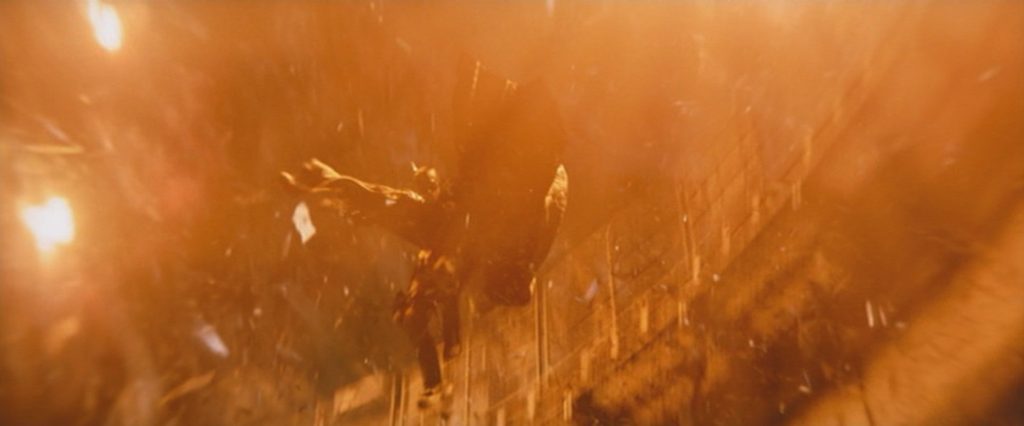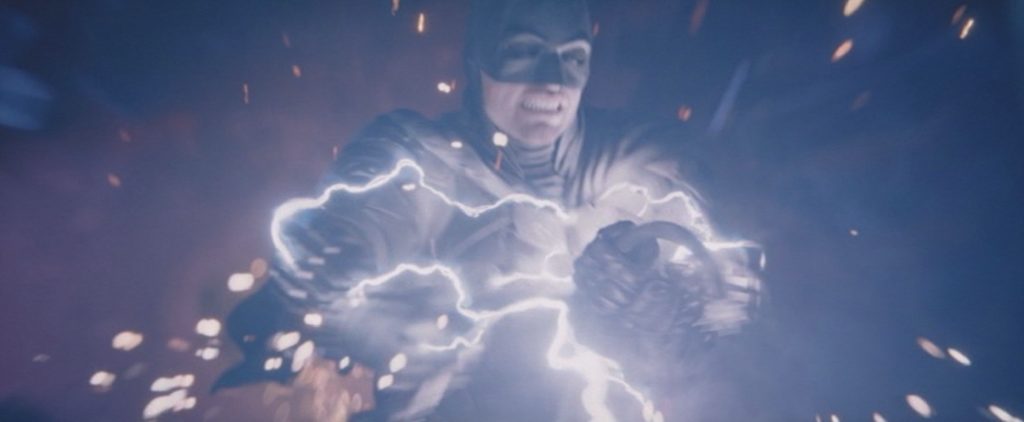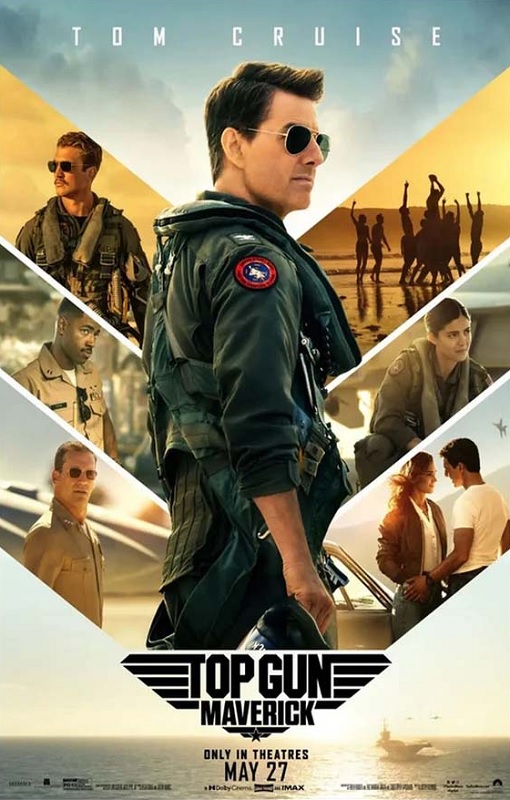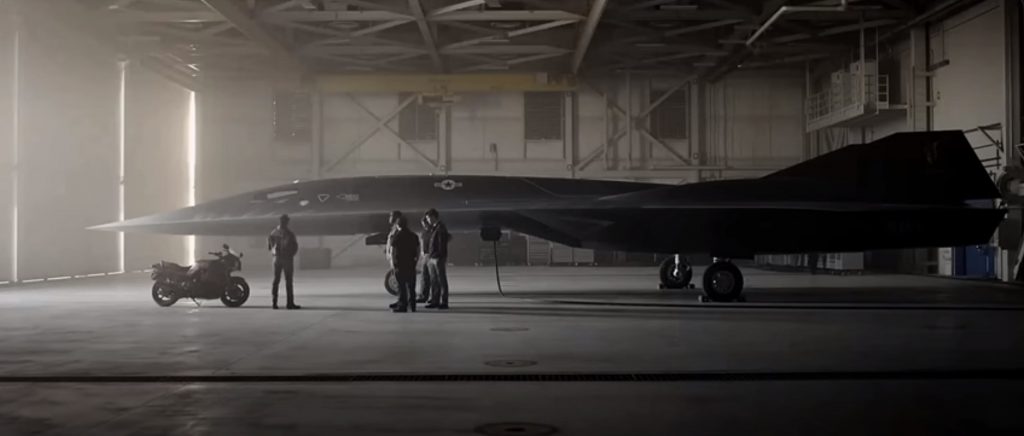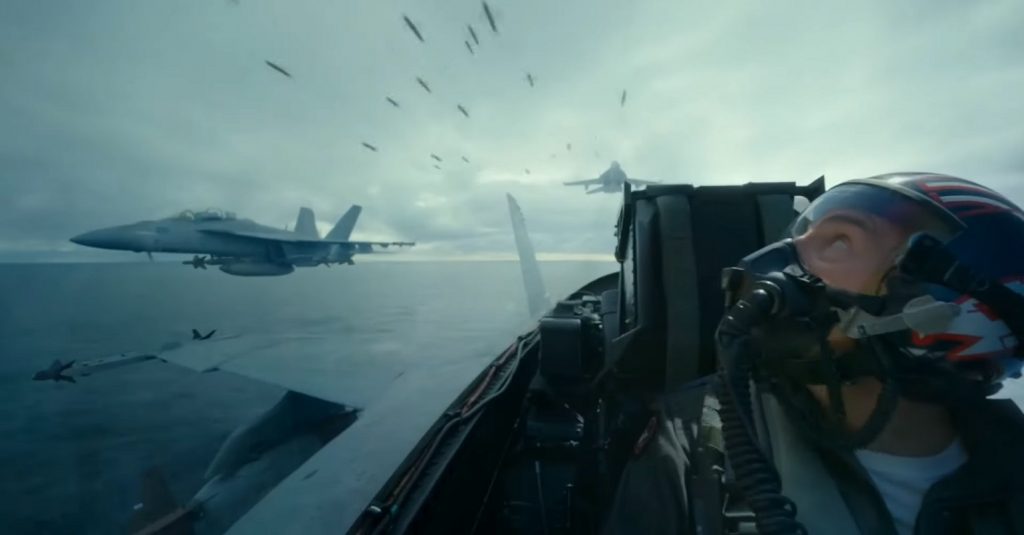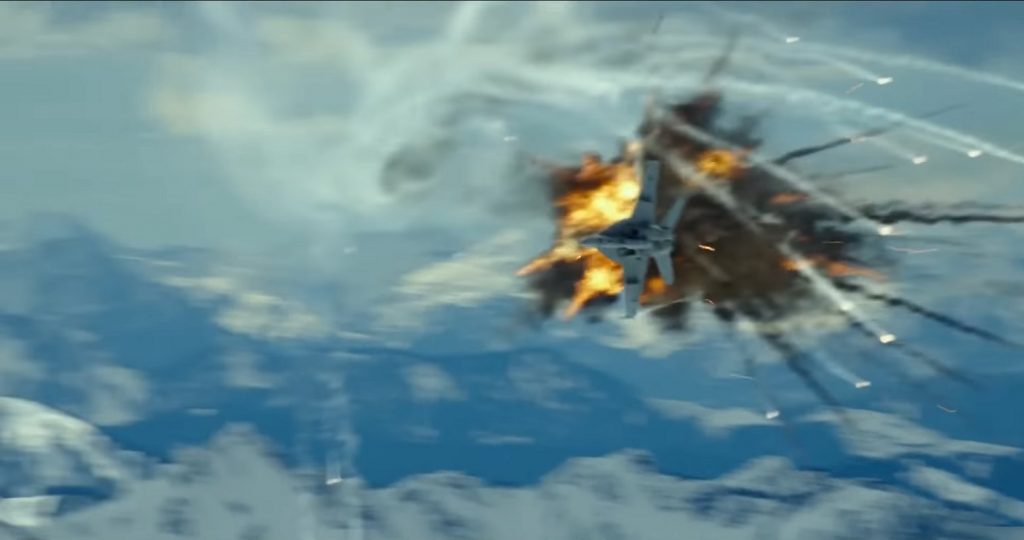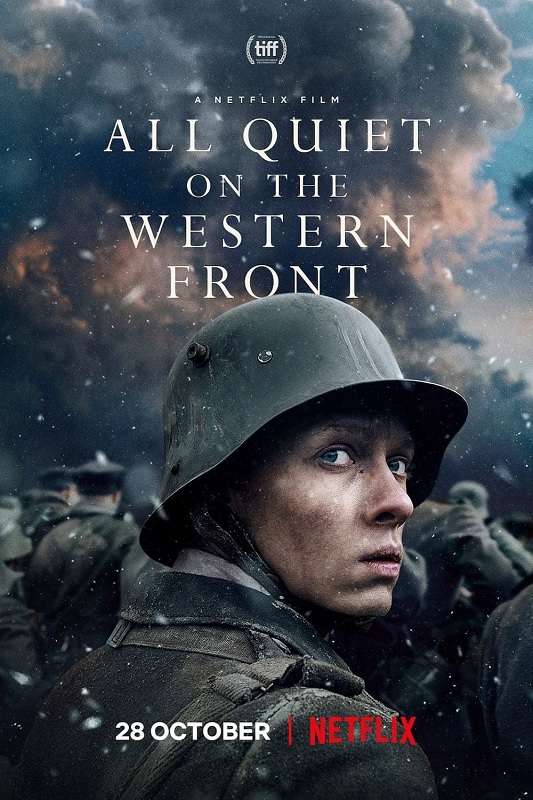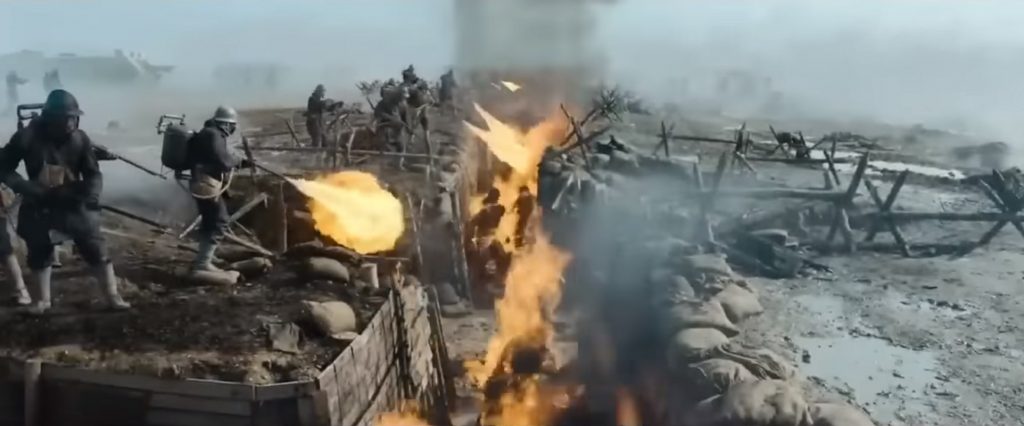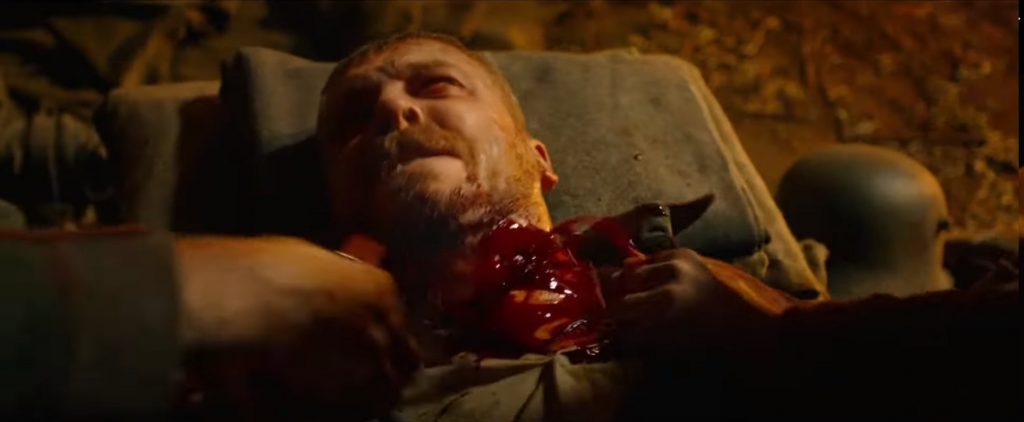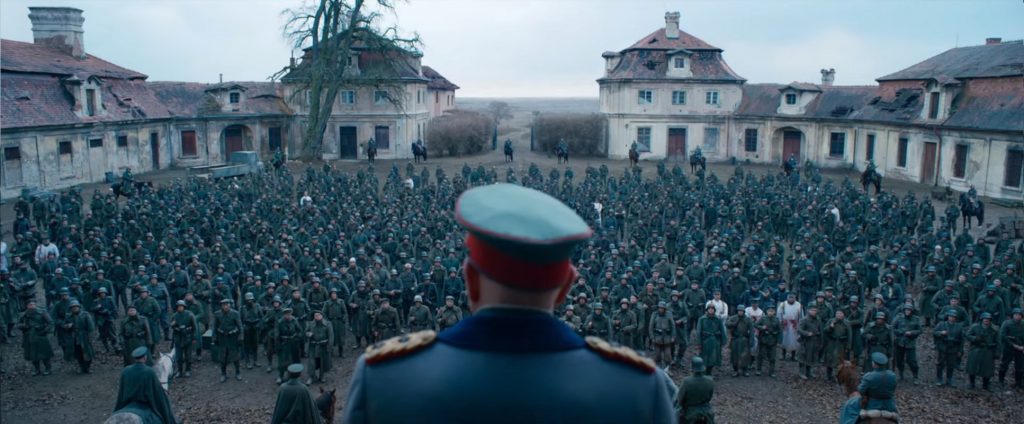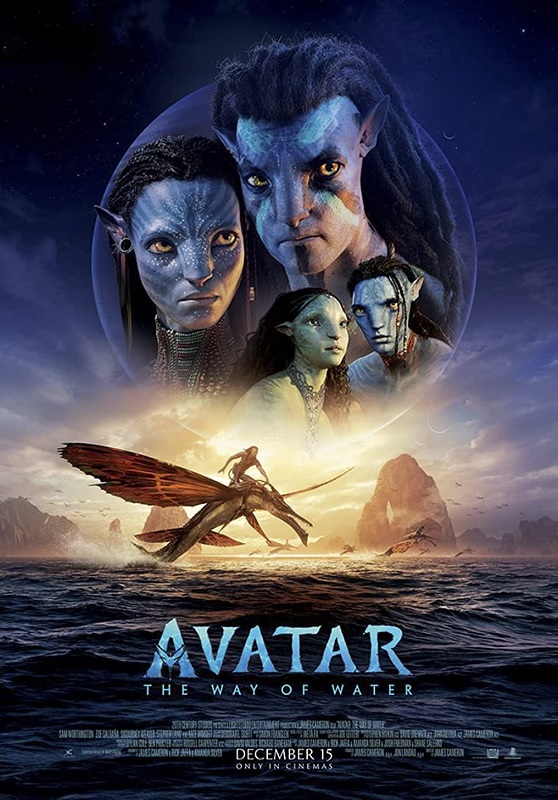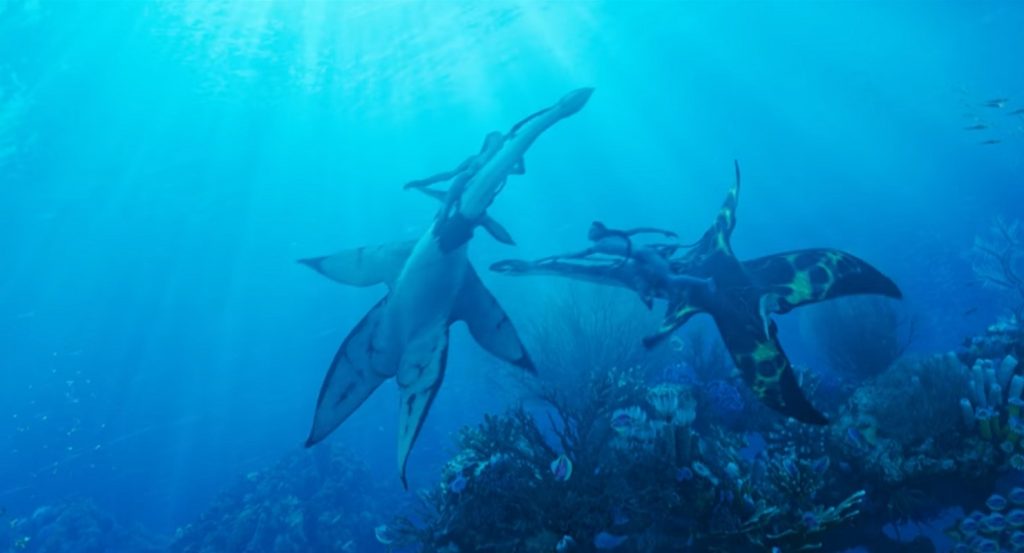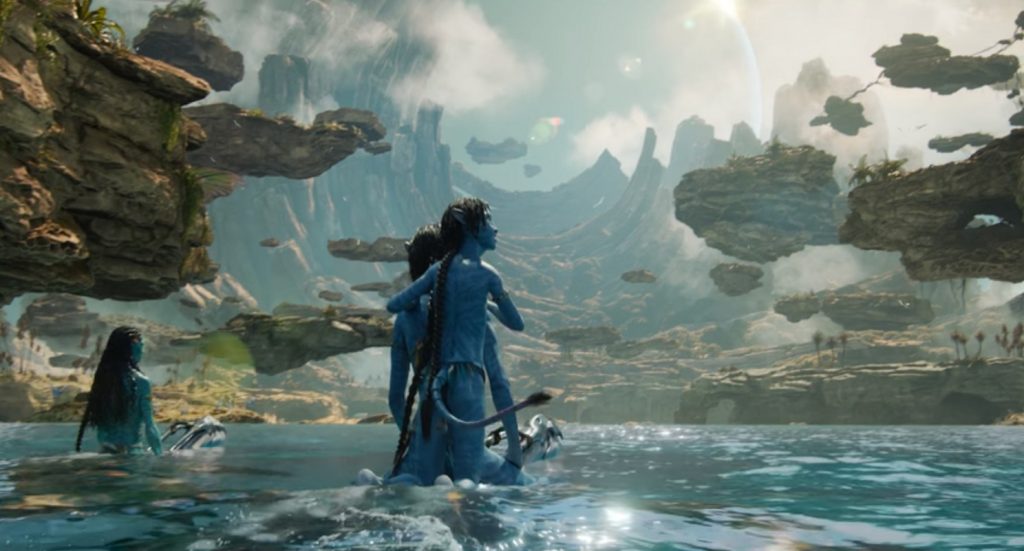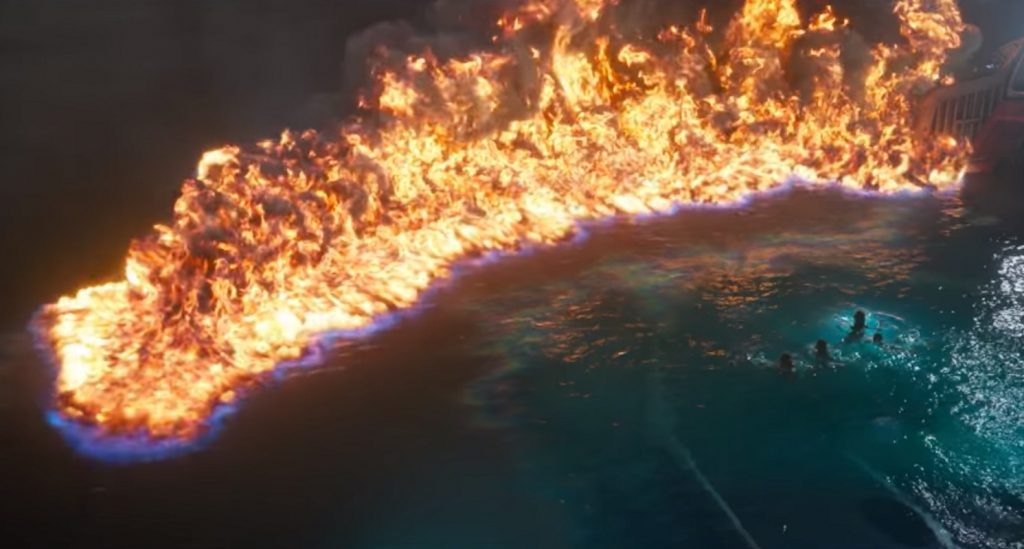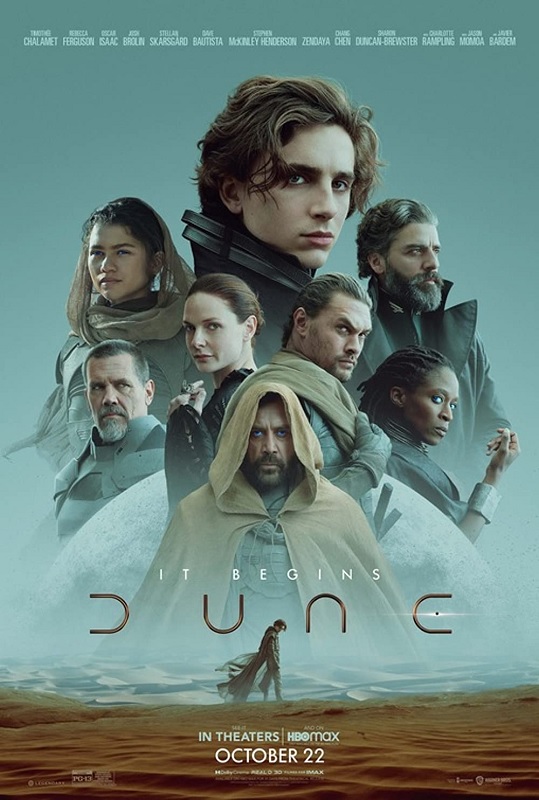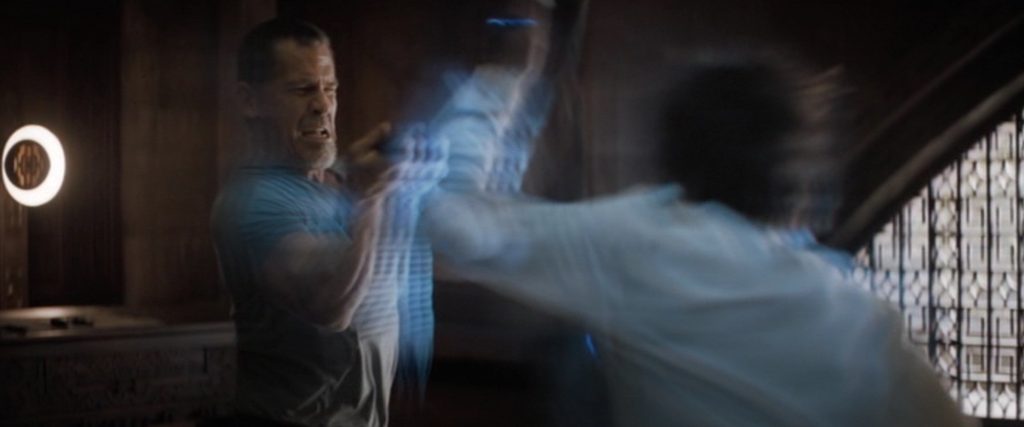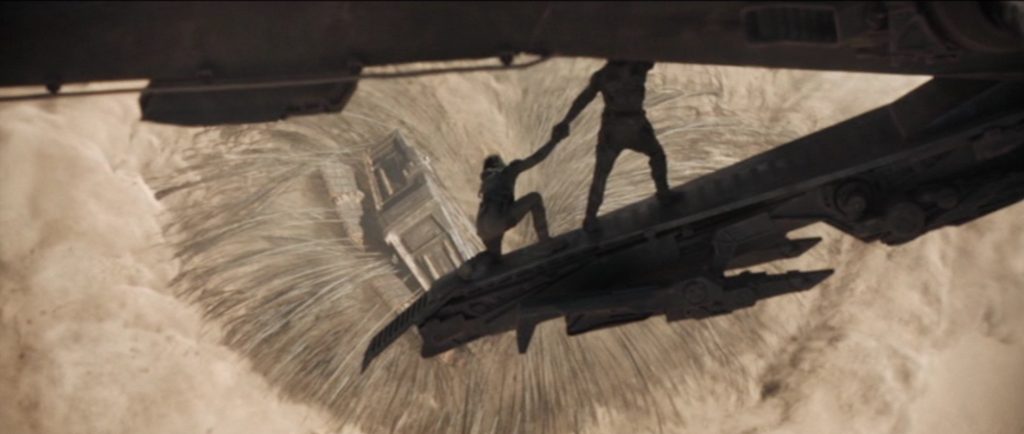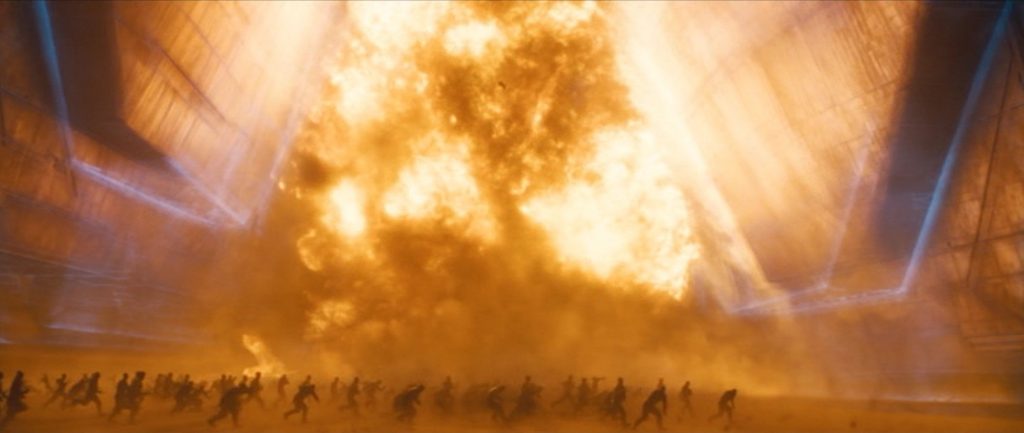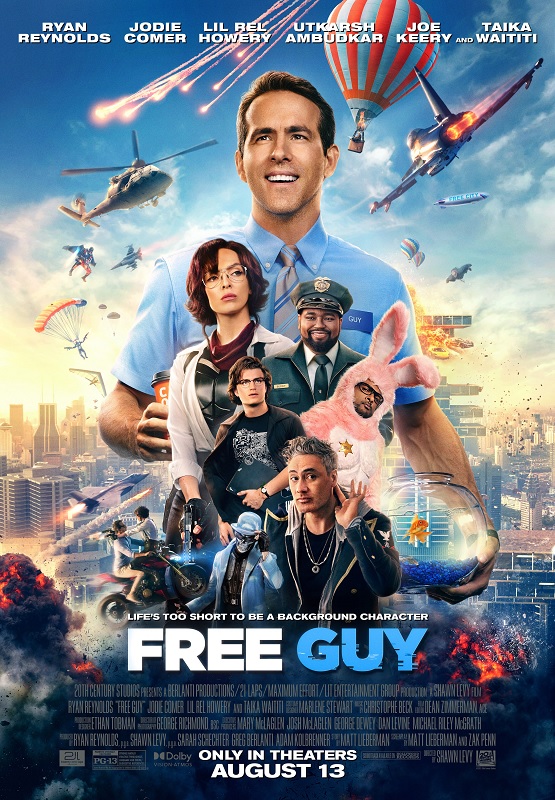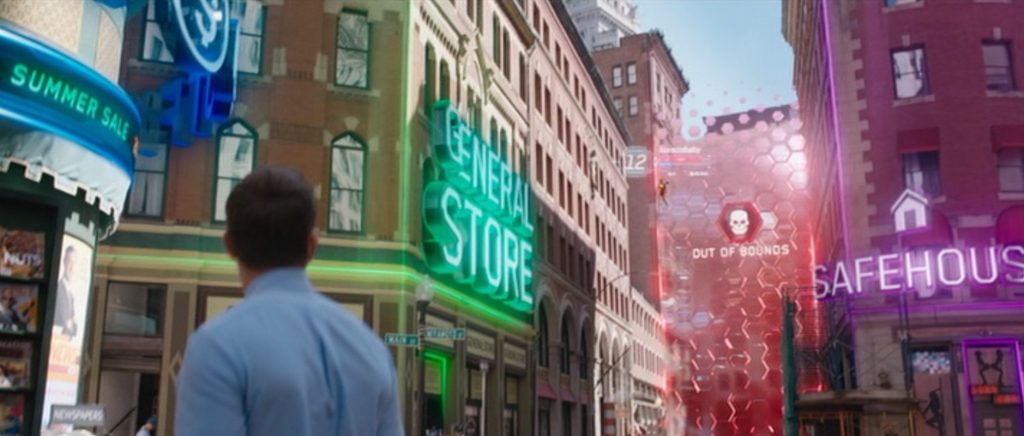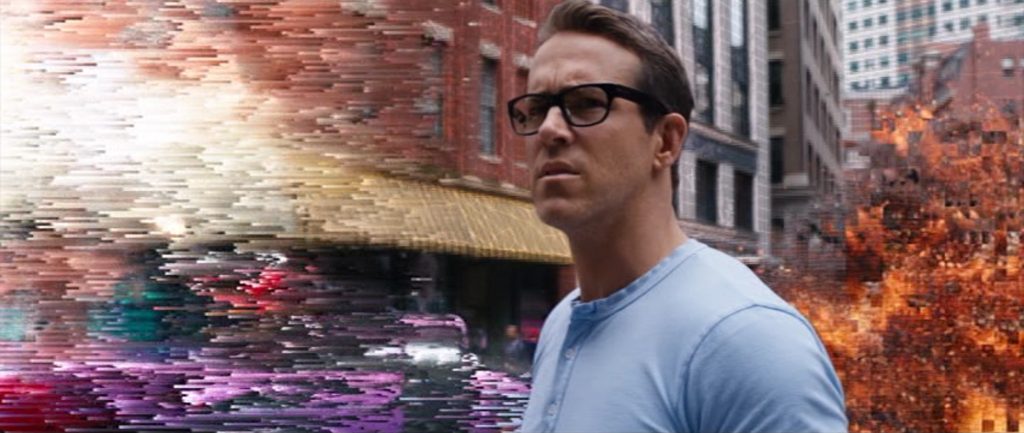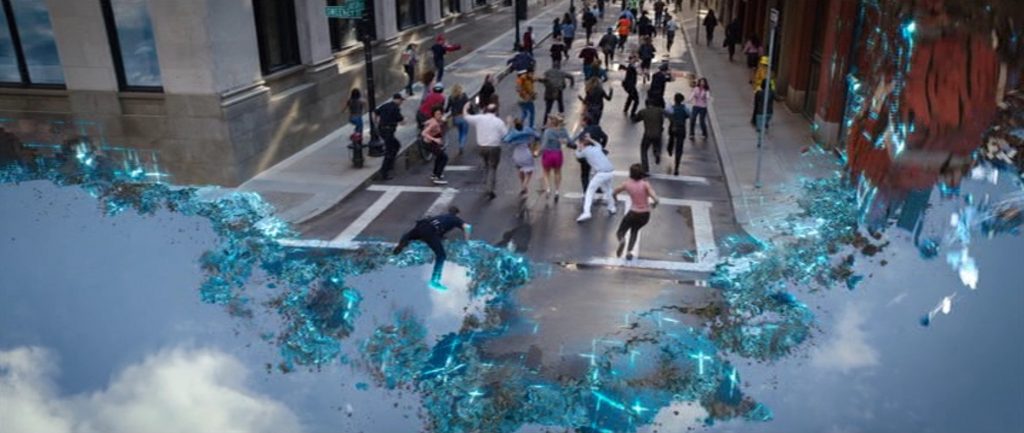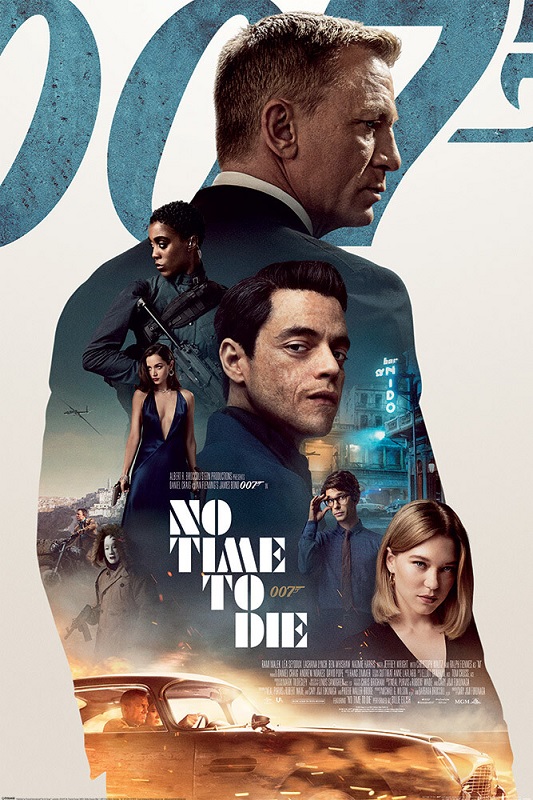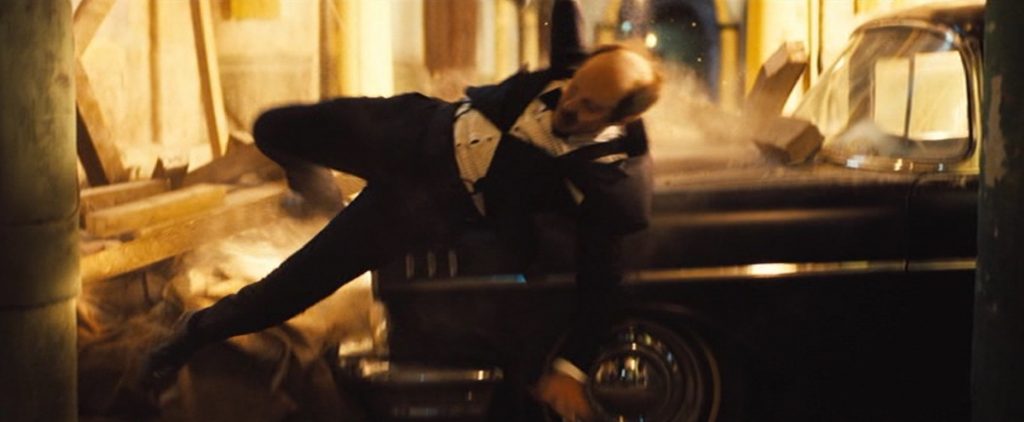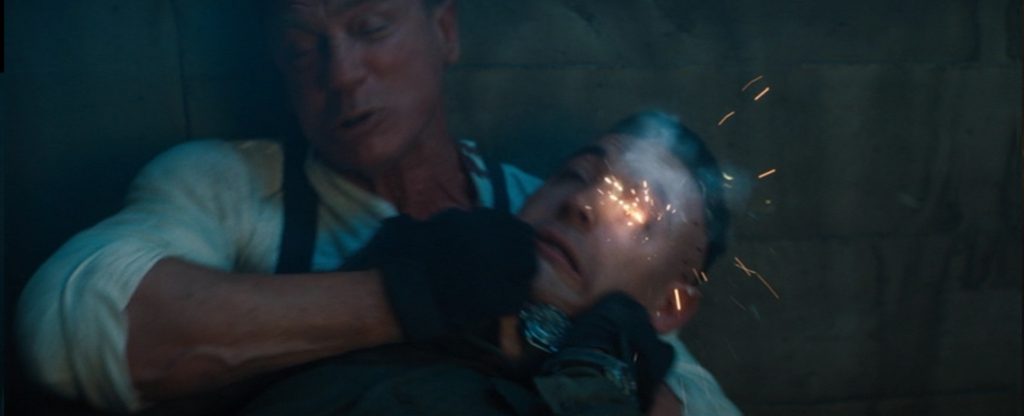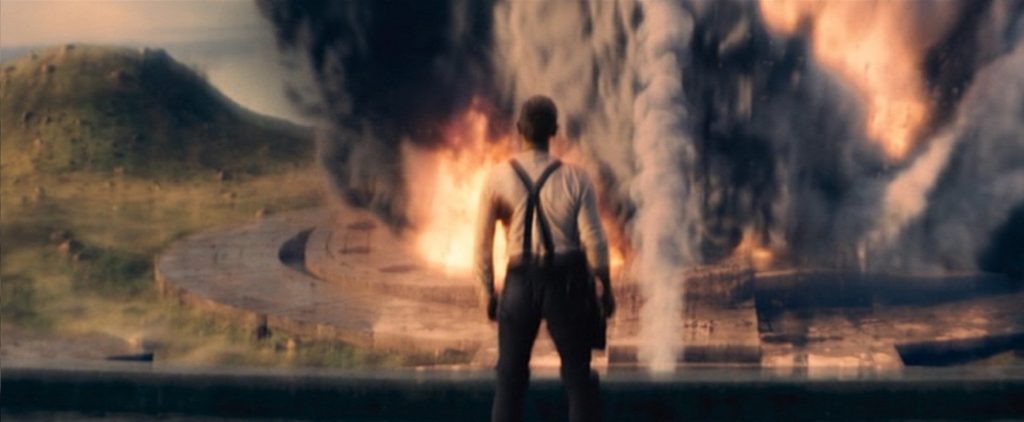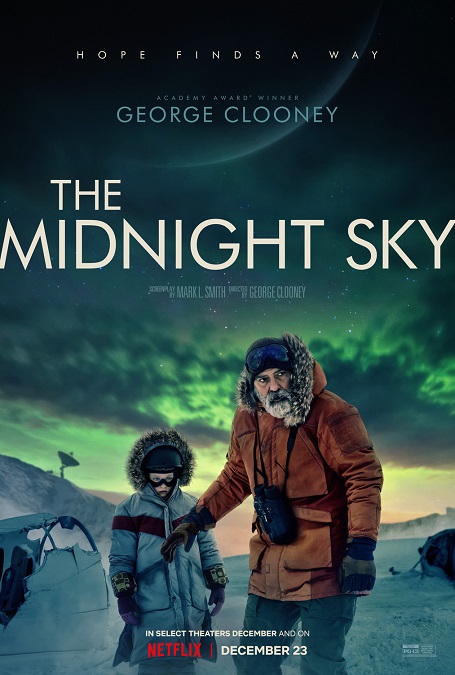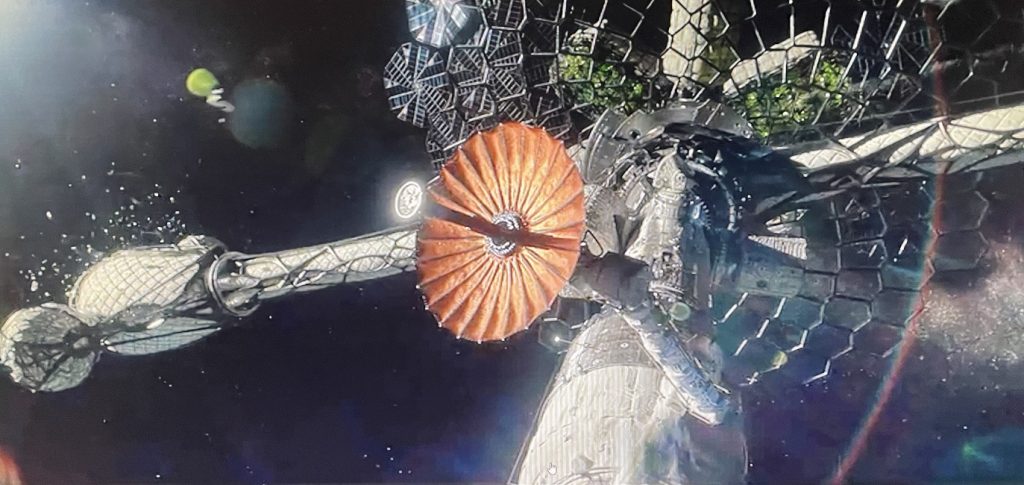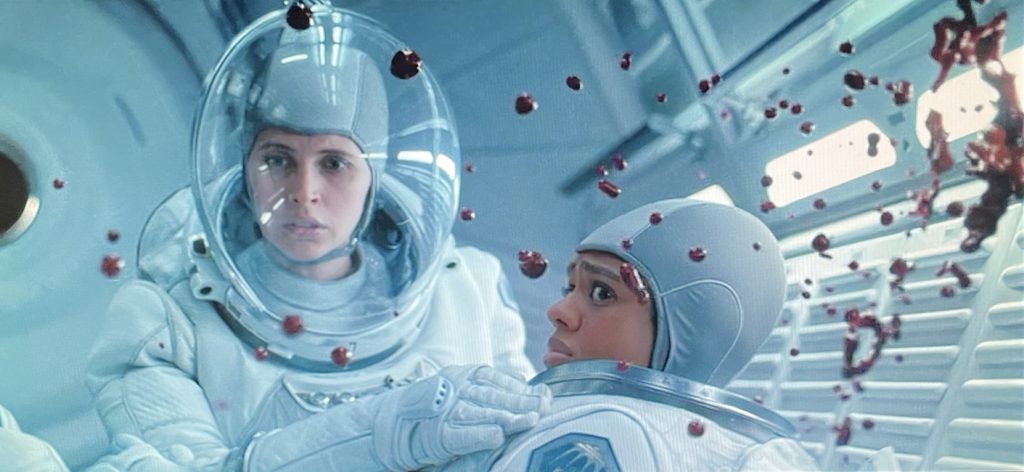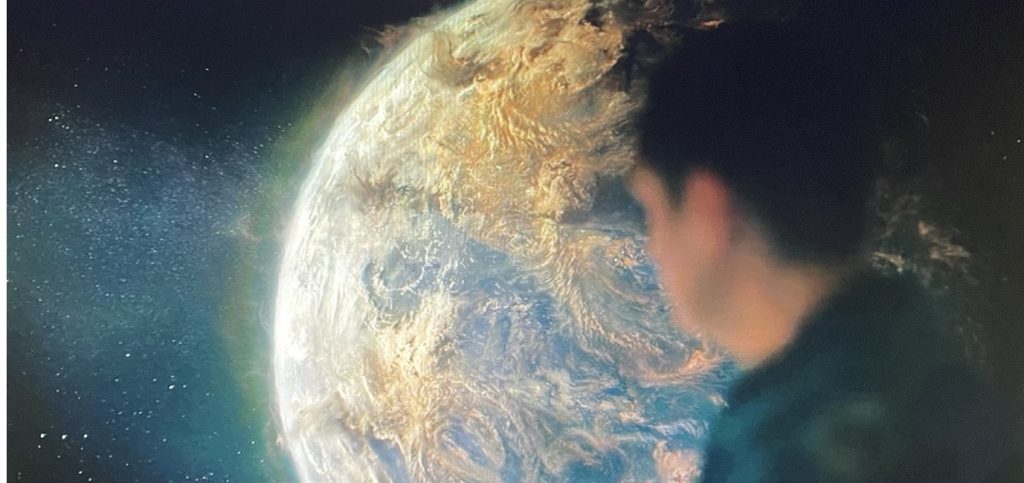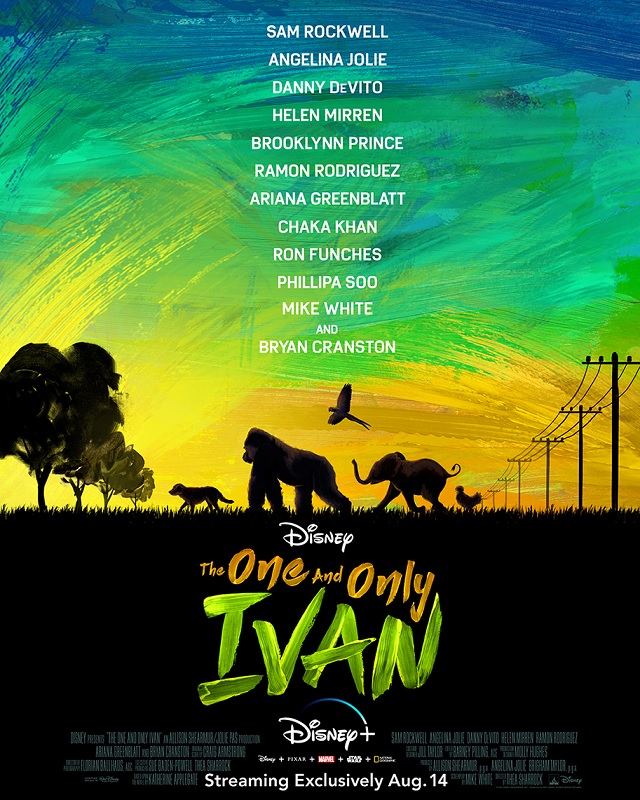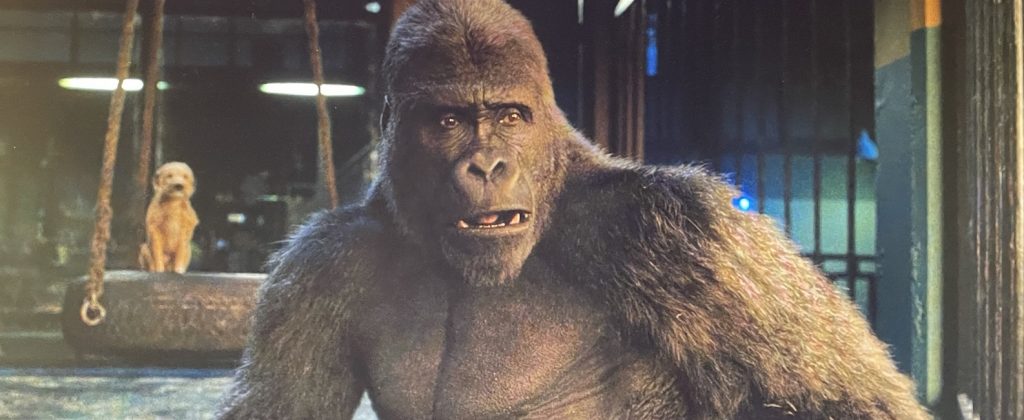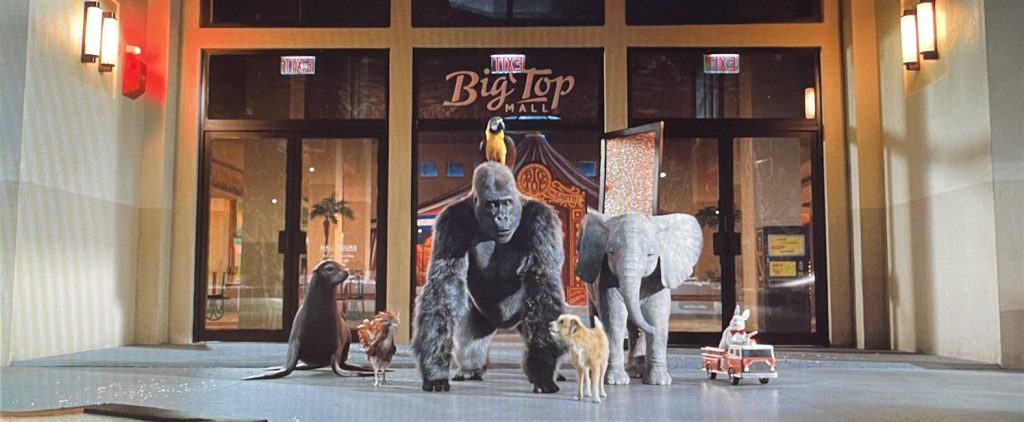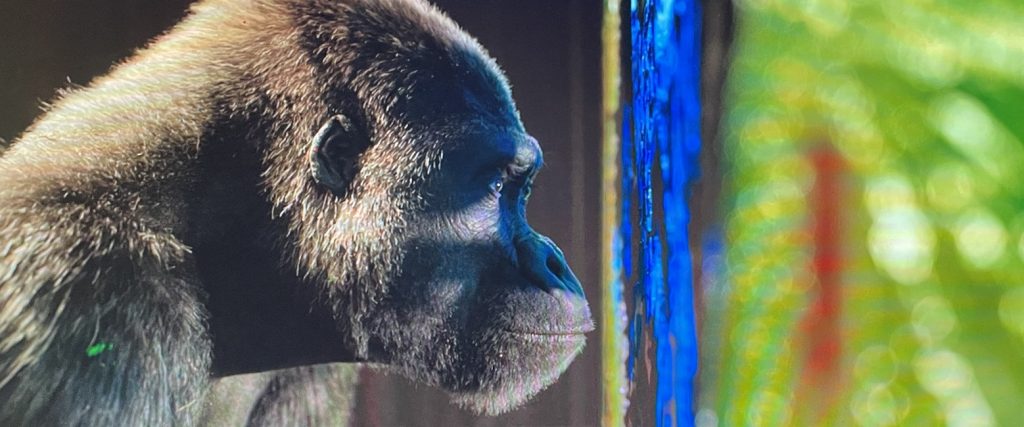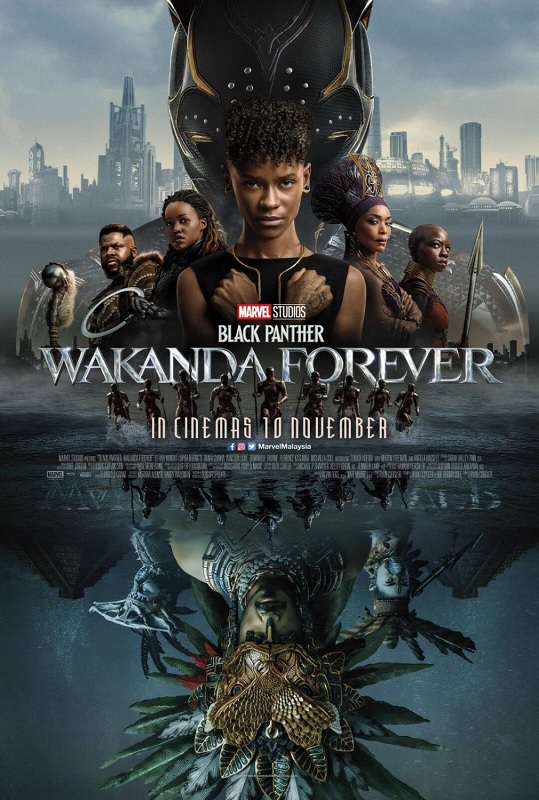
2022 – Black Panther: Wakanda Forever

The visual effects for the second movie in the Black Panther series of films were very good, but I think that maybe they could have been better. I’m sorry to say, they were up against Avatar: The Way of Water. When compared to that movie, the effects here, kind-of paled in comparison. I know, I shouldn’t be comparing the two films in a review; I should be reviewing this film’s effects on its own merits; but it is hard not to say, yeah, but look at what they could have been.
Both movies had, as part of the stories, scenes or shots that took place underwater. But Avatar wasn’t afraid to have those shots in sun-lit conditions, making the images easier to see, more detailed, more realistic, and all the more brilliant for it. Here, as happens in most underwater scenes in movies, everything was dark, indistinct, and harder to make out. I mean, I understand, light doesn’t go very deep in the ocean, but that’s what made these effects just good, rather than great.
OK, enough comparing. The other effects in Wakanda Forever that were actually awesome were those that involved Namor. We’ve seen characters fly in so many movies, but it was Namor’s method of flight that looked so cool, so unique. He had wings on his ankles. You could see them furiously flapping when he wasn’t on the ground. It was like he was standing on the clouds, running on the air, skidding to a stop to change directions, leaping from one invisible surface to another. And what’s more, it was a mode of flight that was true to the comic book source material!
So, as you might imagine, the underwater effects were good, as were the above-ground water effects. The flooding of Wakanda was thrilling to watch. The water bombs were pentahedron in shape, and looked both fantastical and futuristic at the same time. Great little design detail. We were also treated to the character of Riri Williams, wearing an Iron Man-like tech-powered suit of armor, which was pretty cool. And I also really liked the cool-looking Midnight Angel armor created for Okoye and Aneka. Great designs for all of it.
But now I have to mention something else that I didn’t particularly like. So, due to the tragic death of Chadwick Bosman, the character of Shuri, beautifully played by Letitia Wright, took on the mantle of the Black Panther. I understand that because of all the stunts, acrobatics, and action required of the superhero, it was mostly created using computer-driven CGI. But I don’t think they got the look exactly right. In more than one shot, when the CGI Black Panther appeared on the screen, it looked too thin. Yes, Shuri has a skinnier, lither shape than T’Challa, but she looked way too thin, thinner than Letitia Wright actually is. It didn’t look right, and it caught my attention in a bad way. Oh well, that’s a minor complaint. It was still fantastic, and I think the Oscar nomination was well-deserved.
